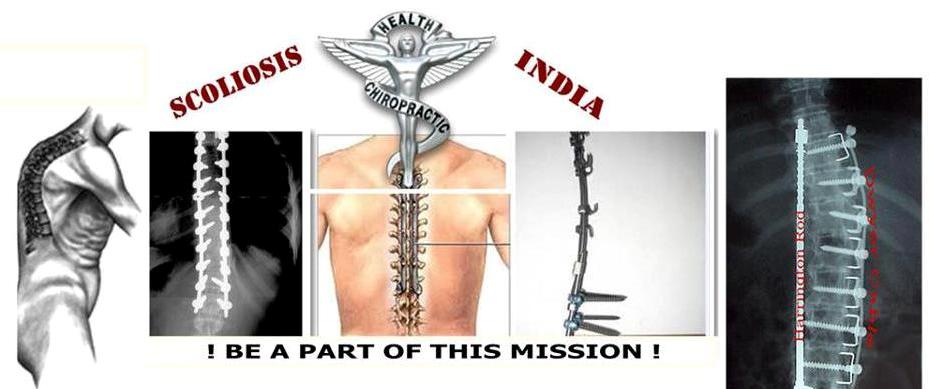Scoliosis is a lateral (toward the side) curvature in the normally straight vertical line of the spine. When a person with scoliosis is viewed from the front or back, the spine appears to be curved. When diagnosed with this condition, individuals should take scoliosis treatment into account. There are some guidelines for scoliosis treatment and patients should know about them.
The scoliosis treatments are various and the decision to begin treatment is always made on individual basis. Some factors will be considered.
The scoliosis treatments are various and the decision to begin treatment is always made on individual basis. Some factors will be considered.
1.Sex. When the curve is mild, the possibility of scoliosis progressing further is almost the same as boys. But if it is moderate or severe, girls have a much higher risk of progression than do boys.
2. Severity of curve. Larger curves are more likely to worsen with time. Mild scoliosis carries a significant risk of progression (up to 22%). Once the scoliosis passes 20°, risk of progression more than triples to 68%. Severe Scoliosis carries a 90% risk of progression. It is an important factor during the decision of scoliosis treatment.
3. Curve pattern. There are two main types of curve pattern, S-shaped and C-shaped. S-shaped curves tend to worsen more often than do C-shaped curves.
4. Location of curve. Generally speaking curves located in the center section of the spine worsen more often than do curves in the upper or lower sections of the spine, that is cervical segment and lumbar vertebrae.
5. Maturity. If the patients’ bones are mature, the risk of curve progression is lower than adolescents. That’s why brace is often advised for adolescent scoliosis instead of adult scoliosis.
2. Severity of curve. Larger curves are more likely to worsen with time. Mild scoliosis carries a significant risk of progression (up to 22%). Once the scoliosis passes 20°, risk of progression more than triples to 68%. Severe Scoliosis carries a 90% risk of progression. It is an important factor during the decision of scoliosis treatment.
3. Curve pattern. There are two main types of curve pattern, S-shaped and C-shaped. S-shaped curves tend to worsen more often than do C-shaped curves.
4. Location of curve. Generally speaking curves located in the center section of the spine worsen more often than do curves in the upper or lower sections of the spine, that is cervical segment and lumbar vertebrae.
5. Maturity. If the patients’ bones are mature, the risk of curve progression is lower than adolescents. That’s why brace is often advised for adolescent scoliosis instead of adult scoliosis.
6. Age. The earlier patients diagnosed with scoliosis first, the more likely scoliosis develops.
After analyzing the likely of scoliosis progressing further, patients would have an idea of their curves. Actually adolescents should have treatment as early as possible as it may progress. They can think about physiotherapy even the curve is over 40 degrees for some physiotherapy is effective. Adults often take scoliosis surgery, but if the curve is small and it develops very slowly, they may not need to take scoliosis treatment.
Source : NON SURGICAL SCOLIOSIS , 2nd Jan 2013
After analyzing the likely of scoliosis progressing further, patients would have an idea of their curves. Actually adolescents should have treatment as early as possible as it may progress. They can think about physiotherapy even the curve is over 40 degrees for some physiotherapy is effective. Adults often take scoliosis surgery, but if the curve is small and it develops very slowly, they may not need to take scoliosis treatment.
Source : NON SURGICAL SCOLIOSIS , 2nd Jan 2013

No comments:
Post a Comment